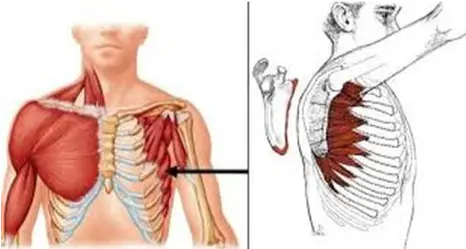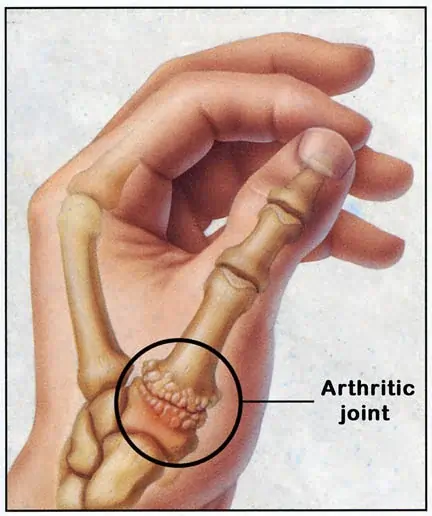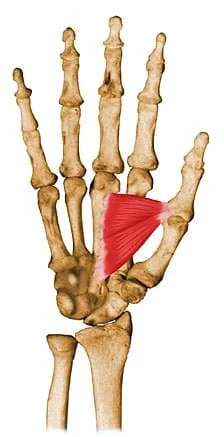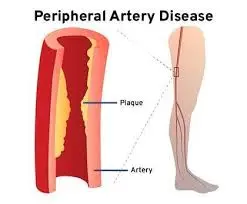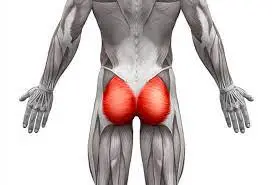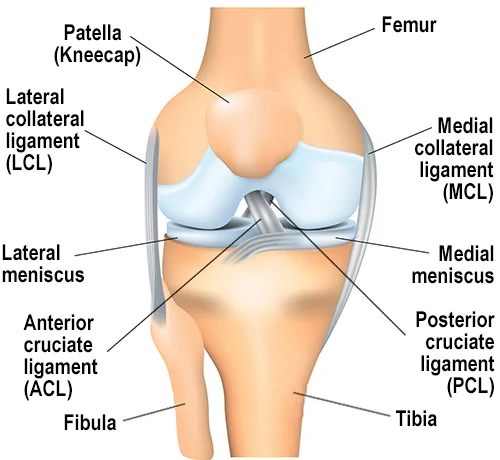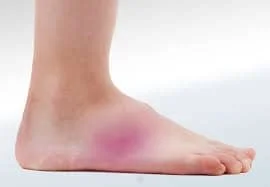Serratus Anterior Muscle Pain
What is a Serratus Anterior Muscle Pain?
Serratus anterior pain is caused by the Serratus anterior muscle and presents as arm pain and shoulder flexion movement exceeding 90 degrees. Tension, stress, and overuse are the most frequent reasons of this serratus anterior muscle soreness. It is prevalent in repetitive motion activities including weightlifting, tennis, and swimming.
- The patient’s anterior serratus pain is caused by a number of illnesses and lifestyle choices.
- The patient has trouble breathing deeply and has problems feeling the serratus anterior muscle.
- The RICE principle is used in the initial phase to lessen pain.
- In order to relieve the pain, the patient is also taking medication.
Anatomy of the Serratus Anterior muscle?
- After that, it passes beneath the scapula bone and around the side of the rib cage.
- The scapula bone’s medial edge is where this muscle is then implanted.
- This serratus anterior muscle is located next to the subscapularis muscle, one of the four rotator cuff muscles, between the rear of the rib cage and the shoulder blade.
- The bursa is a tiny, fluid-filled sac that sits between the serratus anterior and subscapularis muscles and facilitates normal scapular bone gliding and sliding during movement.
- The fan-shaped serratus anterior muscle is located in the thoracic lateral wall.
- This muscle’s major portion is located deep beneath the pectoral muscles and the scapula bone.
- Along with the ribs, which are located beneath the axilla, muscles in athletic bodies are even visible to the unaided eye.
- because of its sawtoothed and serrated appearance.
Causes of the serratus anterior pain?
- The following are the most typical reasons why the serratus anterior muscle hurts:
- Serratus anterior muscle minor injuries
- Serratus anterior muscle overuse
- The serratus anterior muscle is strained.
- Make the serratus anterior muscle tense.
- Sports involving repetitive motions, such as swimming, tennis, and weightlifting—mostly with heavyweights are typical causes of this muscular soreness.
- The diagnosis of SAMPS serratus anterior myofascial pain syndrome is challenging and frequently made via exclusion, which means the physician has ruled out alternative causes of the pain.
- In addition to causing arm or hand pain, it presents as chest pain.
- This myofascial pain syndrome is uncommon.
Serratus anterior muscle pain and related symptoms can also be caused by a number of medical conditions:
- Included in this condition are:
- Broken or slipped ribs
- Asthma
Symptoms of serratus anterior muscle pain?
These problems also make it hard to have a normal range of motion in the arm and shoulder joints and to raise the arms overhead.
Additional signs and symptoms of serratus anterior muscle soreness include:
- The patient experiences pain in their fingers and arms.
- difficulty breathing deeply.
- The sensitivity in the arm is felt by the patient.
- The serratus anterior muscle feels stiff to the patient.
- Additionally, the patient experiences breast and chest pain.
- The patient experiences shoulder blade ache as well.
When should a patient receive medical attention for anterior serratus pain?
However, call the doctor right away if the patient experiences the similar symptoms:
- Lightheadedness
- A tight neck with a high fever
- A rash from a tick bite or bull’s eye
- Having trouble breathing
- After beginning a new drug and raising the dosage of an old one, the patient has muscle soreness.
- Additionally, the patient’s chest and back pain is getting worse and doesn’t go away with rest.
- The patient experiences pain that disrupts their sleep and everyday routine.
Treatment serratus anterior muscle pain?
The RICE technique is utilized to alleviate muscle pain in its initial stages.
- R – Rest = Take a break from your everyday duties and make every effort to rest your muscles. Rest is crucial for the body since it enables the muscles to function as efficiently as possible, lowering the chance of wear and tear.
- I-Ice.
- C-Compression: Apply compression to the muscle; the serratus anterior muscle is challenging to compress. In order to lessen the swelling, consider wearing a tighter shirt and applying bandages to the affected area.
- E stands for elevation.
- Nonsteroidal anti-inflammatory medicines, or NSAIDs, like aspirin, bufferin, and ibuprofen, can also be administered by the patient to assist relieve pain and swelling.
- In order to relax the serratus anterior muscles and perform various exercises, the patient is also given warm compresses and massages.
The physician offers the following advice:
- More potent painkillers
- Injections into the joints
- Relaxants for muscles and oral steroids
Physical Therapy Treatment
With the aid of electrotherapy, physical therapy aims to lessen muscle pain and spasms, while stretching exercises and strengthening exercises are recommended to relieve tight muscles.
Electrotherapy:
- Treatments with electrotherapy include:
- Interferential Current Therapy(IFC)
- Reduce the pain and swelling with ultrasound (US).
- SWD is helpful in reducing pain and muscular spasms.
Exercise:
The following are some of the greatest pain-relieving exercises for the serratus anterior stretch and strength:
- Ab Rollout
- High Bear Crawl
- Scapular Push-Up
- Unilateral Band Chest Press
- Dumbbell Pullover
- Scapular Plane Lateral Raises
- Dumbbell Rotational Punches
- Wall Slides – Serratus Anterior Activation
- Doorway Stretch
- Crescent Side Bend
- Arm Stretch
Ab Rollout:
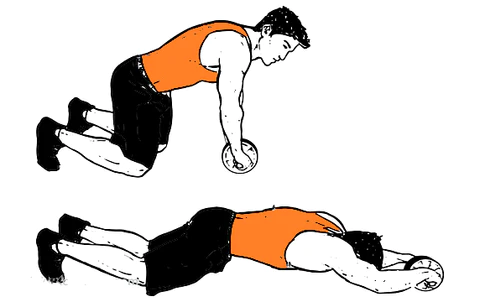
- The patient is kneeling and holding the preferred piece of equipment with both hands shoulder-width apart.
- If you are new to the exercise, lower the range of motion (ROM) because the harder the exercise, the longer ROM.
High Bear Crawl:
- A fantastic method to warm up for any workout is with this activity.
- The arms, shoulders, and chest are strengthened and endurance is increased with this workout.
- To begin this exercise, start on all fours with your arms and legs straight, your eyes up, and your spine in a neutral position.
- Repeat this exercise continuously, switching sides with each repetition.
Scapular Push-Up:
- This version of the push-up just involves moving the shoulder blades to complete the exercise.
- This is the closest thing to an isolation move for the serratus anterior muscle because it is primarily activated by the shoulder blades.
- The patient is pushed further into the ground at the top of the movement, rounding the upper back and maintaining a straight arm.
- The serratus anterior muscle will be fully activated by this exercise.
- Place your hands a little wider than your shoulders as you get on your hands and knees.
- To maintain a neutral spine, straighten your arms and legs such that your hands and toes engage your glutes.
- Squeeze the shoulder blades together while maintaining a straight arm position so that the chest drops toward the floor.
Unilateral Band Chest Press:
- First of all, it allows you to extend forward more fully and uses the serratus anterior muscle more than some other pressing varieties.
- The acute disparities between the sides are strengthened as a result.
- Next, The internal and external obliques’ anti-rotational muscles are trained as they struggle to maintain the torso’s straight position throughout the exercise.
- With your right hand, grasp a resistance band that is anchored somewhat below shoulder height, then move forward until you experience tension.
- To adopt a staggered stance, take a single-leg step forward.
- Then, slowly go back to the beginning position and repeat the exercise.
Dumbbell Pullover:
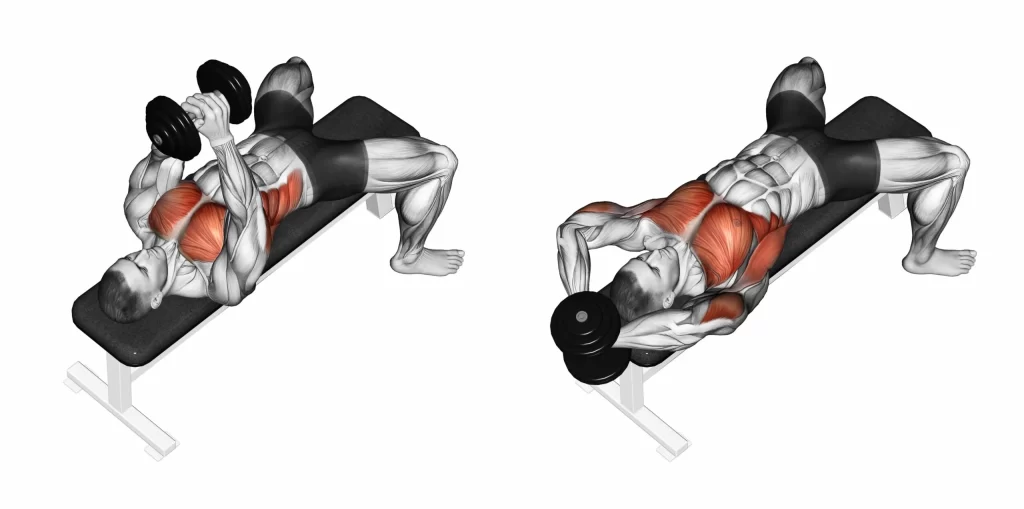
- With their feet firmly placed on the floor, the patient lies face up on the level bench.
- Keep your lower back slightly arched.
- To increase chest engagement, bridge up; to increase lat engagement, maintain the glutes down and chest up.
- Next, Press the weight across the chest while bending the elbows slightly.
- After that, slowly lower the dumbbell back to the beginning position after pulling it over your chest and repeating.
Scapular Plane Lateral Raises:
- The patient is balancing a pair of light weights on the side of the hip joint while holding them palms facing each other.
- Dumbbell Rotational Punches: Currently, the patient is standing.
- With the elbow joint flexed at a 90-degree angle, the patient is gripping a light pair of dumbbells in each hand, palms facing one another.
- Throw a punch with one arm by completely extending the elbow joint, and pivot with the feet and rotate at the hip joint rather than the lower back.
- Repeat this exercise with the other arm after performing the pivot back, which brings the extended arm back into the side.
Wall Slides – Serratus Anterior Activation:
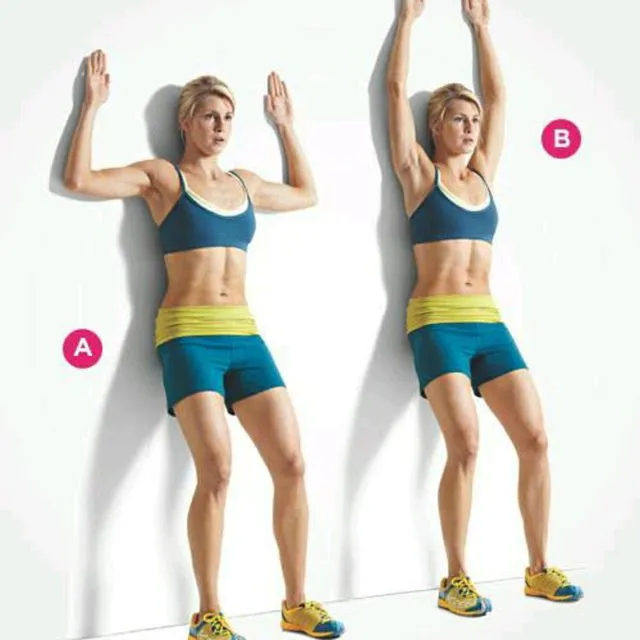
- When performed properly, this wall slide exercise is an excellent method for activating the serratus anterior muscle.
- The patient is standing up straight, with their feet shoulder-width apart and their back against a wall.
- The thumbs will be around head height, and the backs of the hands will be against the wall.
- From elbow to shoulder, the upper arm’s line is perpendicular to the ground.
- The patient will then inhale.
- To get the knees bent at a 45-degree angle, slowly bend the knee joint and move the back down the wall.
- As you bend your knees, straighten your elbows until your arms are straight up above your head while remaining against the wall.
- For five seconds, maintain this workout position.
- After exhaling, they straighten their knees and slide back up the wall until they are completely upright, knees straight and elbow joints bent, just like they were before.
- Perform this exercise five times.
- The patient is Keep your back straight and stand tall.
- Lower the shoulders away from the ears after sliding the shoulder joint blades down the back.
- As the body curls laterally to the right, press the hip joint out to the left.
- similar to Assume that the patient is attempting to use their spine to form a big “C.”
- After 20 seconds of holding this stretching position, switch to the other side and repeat the exercise.
Doorway Stretch:
- Stand tall and straighten your back.
- Position the right hand shoulder-high on the wall or door frame. Put your fingers in a skyward position.
- The right shoulder blade should be drawn in closer to the spine.
- Holding the right palm firmly in place, rotate the body counterclockwise, to the left, until the right arm is behind you and the torso is facing ahead.
Crescent Side Bend:
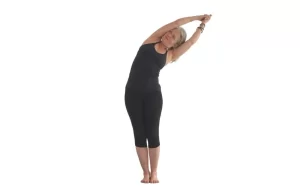
- The patient is Keep your back straight and stand tall.
- Lower the shoulders away from the ears after sliding the shoulder joint blades down the back.
- As the body curls laterally to the right, press the hip joint out to the left.
- similar to Assume that the patient is attempting to use their spine to form a big “C.”
- After 20 seconds of holding this stretching position, switch to the other side and repeat the exercise.
Arm Stretch:
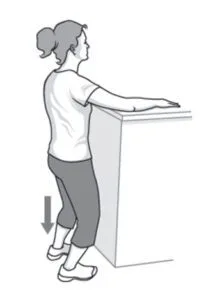
- The patient is Keep your back straight and stand tall.
- With the right elbow slightly bent, position the right arm behind the back.
What is the outlook for serratus anterior pain?
- Although the patient finds serratus anterior muscle soreness painful, it usually goes away on its own without much assistance.
- Keep in mind that stretching before and after activities can lower the chance of injury, especially when it comes to muscle soreness.
- Please contact the doctor if the patient’s serratus anterior pain does not go away after a few days.
FAQs
What advantages does having a robust serratus anterior offer?
The serratus anterior should not be overlooked during a workout, despite being deeper than certain other chest muscles. You can lift and move your arms in their complete range of motion, improve your posture and respiration, and prevent neck, shoulder, and back problems by maintaining the strength of this muscle.
How can my serratus anterior be strengthened at home?
Anterior Punch of the Serratus
Lay down on your back on a bed. Raise your arm above your face while holding a weight in one hand. Punch straight up in the air from here, then, while maintaining a straight arm, let your shoulder relax as much as possible. Picture the bone of your arm settling into the socket of your shoulder.
Does the serratus anterior benefit from planks?
The trapezius, rhomboid major and minor, latissimus dorsi, pectorals (chest muscles), serratus anterior, deltoids, biceps, and triceps are among the upper body muscles that put in a lot of effort during a plank.
Can the serratus anterior be strengthened with pushups?
A basic exercise for any serratus anterior workout, push-ups help to strengthen your arms, shoulders, chest, and scapula.
Is it possible to massage the serratus anterior?
The deeper muscles underlying the outer layers are the focus of massage treatments used to treat them. To help realign the shoulder blade, for instance, you can reach and release the serratus anterior through the armpit.
What is the duration of serratus pain?
At least one-fourth of patients will experience persistent symptoms, including pain, even though symptoms typically go away after two years. We were unable to find any criteria that would have enabled us to choose serratus palsy patients for observation alone.
How can the serratus anterior be loosened?
Hanging from a pull-up bar while allowing your shoulders to drop is a simple hanging stretch. This stretch enables the damaged area to progressively expand due to gravity. This stretch is excellent for lengthening the serratus anterior, but it also works well for increasing shoulder mobility in general.
What kind of serratus anterior workout is effective?
The Greatest Exercises for the Serratus Anterior: Overhead Supine Reach
When you reach overhead with your elbows straight, concentrate on the extra scapula push-out; this will aid in the activation of your serratus anterior.
How can anterior serratus pain be resolved?
Compressing the serratus anterior may be challenging for you. To help reduce swelling, you can consider bandaging the area or wearing tighter clothing.
What is the sensation of serratus pain?
Pain over the fifth to seventh ribs along the midaxillary line is the typical presentation of serratus anterior myofascial pain syndrome.
How is serratus anterior released?
You will need a ball to massage the Serratus Anterior muscle. Raise your arm above your head and place the ball over the side of your chest trigger point. Roll the ball around until you locate the most sensitive location in the space while leaning against the wall and maintaining it between you and the wall.
How is anterior serratus pain treated?
Here’s how to rehab this muscle step-by-step:
Rest and recuperation. Rest is essential if the serratus anterior is stretched or damaged.
Put some ice on it. To lessen pain and inflammation, apply ice to the injured area for the first 48 hours following the incident.
Resuming activities gradually after physical therapy.
References
- Ladva, V. (2022b, March 24). Serratus anterior pain: Cause, Symptoms, Treatment, Exercise – Samarpan. Samarpan Physiotherapy Clinic. https://samarpanphysioclinic.com/serratus-anterior-pain/#google_vignette
- Prajapati, N. (2022, October 18). exercises for serratus anterior pain Archives – Samarpan Physiotherapy Clinic. Samarpan Physiotherapy Clinic. https://samarpanphysioclinic.com/tag/exercises-for-serratus-anterior-pain/#google_vignette

